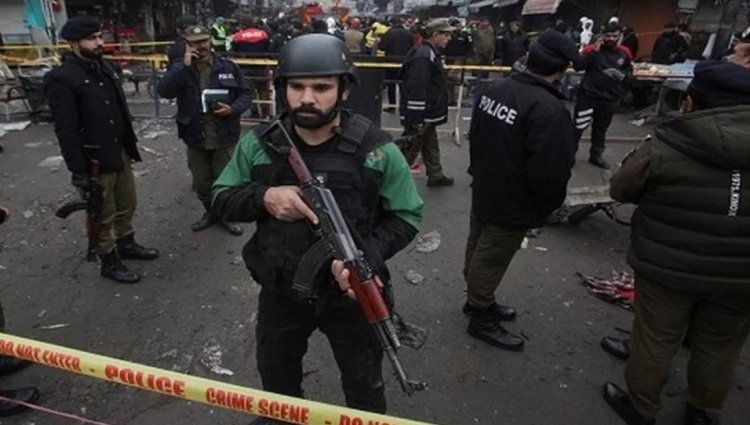Pakistan is again on the top of the list of the countries at risk of mass killings: US report
Pakistan has topped the list of countries most at risk of mass killings for the third time in a row, according to a new assessment by the US think-tank Early Warning Project. Other Asian countries in the top ten list include Myanmar at the second position and Yemen at the third position.

According to the latest assessment by the US think-tank Early Warning Project, Pakistan has topped the list of countries recording mass killings for the third time in a row. In its 28-page report, the Early Warning Project said that Pakistan faces a number of security and human rights challenges, including increasing violence by the Tehreek-e-Taliban Pakistan or TTP.
Myanmar in second place
The Early Warning Project is a joint initiative of the Simon-Skjødt Center for the Prevention of Genocide at the United States Holocaust Memorial Museum and the Dickey Center for International Understanding at Dartmouth College. Other Asian countries in the top ten list include Myanmar at the second position and Yemen at the third position.
What is ali warning project
The Early Warning Project is a research organization that identifies countries at risk of large-scale violence. The report cited violence by a local branch of the Taliban as one of the main challenges for a nation already facing political and economic crises.
TTP instructs fighters to attack across the country
Notably, the report comes after the Tehreek-i-Taliban Pakistan (TTP) called off a ceasefire with the government this week. The TTP ended a ceasefire with the government in June and ordered fighters to launch attacks across the country. "As military operations are underway against the Mujahideen in various regions, it is imperative for you to carry out attacks wherever you can throughout the country," the banned organization said in a statement.
What is TTP?
The TTP, a Pakistani branch and close ally of the Afghan Taliban, is listed as a foreign terrorist organization by the United States and the United Nations. According to UN estimates, it has 4,000 to 6,500 fighters in Afghanistan. Its spread extends beyond the tribal areas to Pakistani cities.







